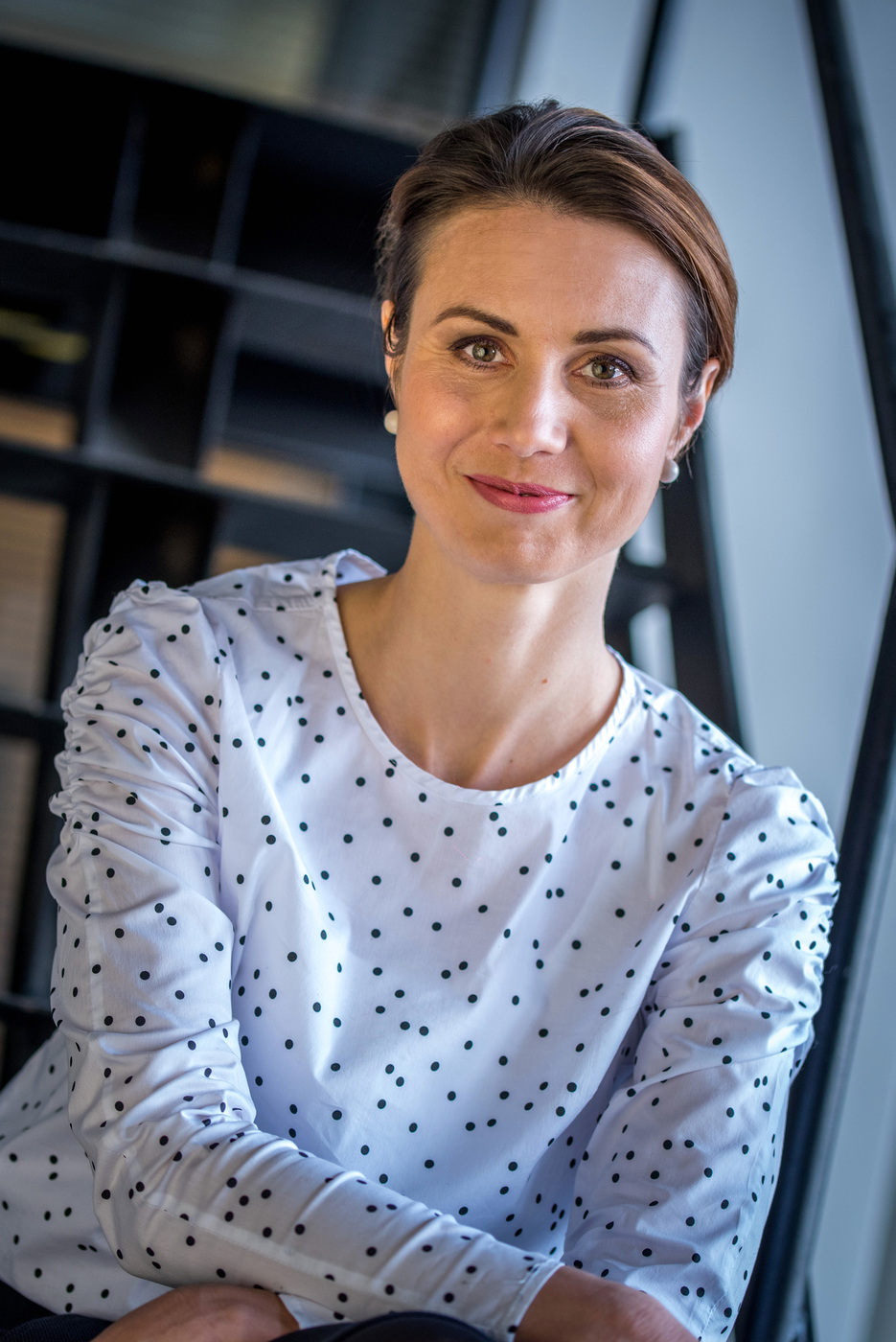Business opportunities for the development of social innovations are various. Besides funding, this environment brings inspiration and education (mentoring). It is an important “litmus” test in the initial stages of innovation. When deciding on a “seed” investment, it essentially shows whether an innovation from a non-profit environment will survive. Furthermore, the business sector is also an essential source of contacts and connections.
According to the World Economic Forum, there are several reasons why investment in social innovation is an intelligent business decision. Social innovation strategies are directly aligned with the company’s innovation agenda and business strategy. They leverage the company’s core for-profit assets (human capital, value chains or technology systems) and are managed from within a company’s core operations by its employees. The same aspects differentiate social innovation from the traditional ways in which business has been involved in societal issues, namely CSR or corporate governance.
Based on analyses dealing with the issue of social innovation, the business sector is often overlooked in the discussion about social innovation. At the same time, several of the fundamental social innovations that reached the systemic level were implemented precisely in the business sector. These social innovations were incorporated into the business model and aimed at changing the mindset of investors and consumers (often mentioned examples include, for example, the fair trade system or clean energy solutions). Often, these ideas do not arise in the business but in the non-profit sector. Cross-sector cooperation is necessary to transfer innovations to the system level, and the close collaboration of the civil sector with the business sector (and inevitably also public administration) is the key to success.
 Mapping social innovators
Mapping social innovators
This is why we at the Pontis Foundation created the Map of Social Innovators once again. The new mapping followed the previous one from 2015. However, while the first mapping using the snowball method identified people who changed Slovakia for the better without a detailed analysis of the system, the new mapping aimed to look deeper into the social innovation ecosystem. Besides the relations between actors in the field of social innovation, we wanted to identify the barriers that need to be addressed, as well as evaluate the state of the collaboration between individual sectors, what helps it and what hinders it.
In general, the mapping findings show that women slightly predominate among social innovators. These are mainly people of the productive age between 35-44 years. Besides the Bratislava region, where more than half of them operate, innovators are more active in the Košice, Prešov and Banská Bystrica regions. However, their representation is significantly lower there. The top actors include people working mainly in the field of education and of strengthening democracy. Most social innovators who participated in the survey have relatively deep connections with the given sector and are primarily founders and directors of organizations, projects and initiatives.
What did the new Innovators Map reveal about the role of business in social innovation?
Business people make up 16% of the 296 key actors identified by the Innovator Map. Their regional distribution is very uneven and strongly in favor of Bratislava. In this case, the position of Bratislava is even more significant than in the overall figures, which included all sectors.
The findings show that business people perceive the civil sector as more significant in creating and supporting social innovations, as up to 34% of business representatives recommended representatives of the civil sector. On the contrary, only 10% of civil sector representatives did so. The most frequently represented areas among social innovators from the business were education (31%), socio-economic inclusion (13%) and culture, regional development and environmental protection (8% each). In this context, it is interesting to mention the recent extensive survey of national values conducted by the Slovak Global Network. It showed that people living in Slovakia did not identify education as their personal or desired cultural value, not even among the first 25 fundamental values.
For the vast majority of actors from the entire sample, the lack of resources for financing innovation projects is an obstacle to developing social innovations, regardless of the actors’ sector or field of activity. Innovators, whose primary sector is business, perceived the lack of people with the necessary skills as the most significant barrier to developing social innovations. Other considerable barriers are the lack of intersectoral cooperation and the lack of financial resources. The first three barriers coincided with the overall mapping result in a different order. Interestingly, business people ranked the low level of knowledge and capacity for the impact measurement a bit higher. At the same time, people from businesses perceived barriers less negatively than the civil sector representatives.
Questions about cooperation showed that the desire of the business sector to cooperate with organizations from the civil sector prevails. The interest to collaborate with other entities was also significant, with large corporate and non-corporate foundations or research institutions prevailing. Regarding the type of support, only 10% of people (out of 296) said they supported the social innovation ecosystem by providing financial support. On the contrary, almost half of those who filled out the questionnaire said they provided expert know-how and non-financial support. This type of support was mentioned not only by business representatives but also by other sectors.
***
The entire map and overview of innovators can be found at mapainovatorov.sk
Martina Kolesárová, Co-Chief Executive Director, Nadácia Pontis
Matúš Labanc, Program manager, Nadácia Pontis




Follow us